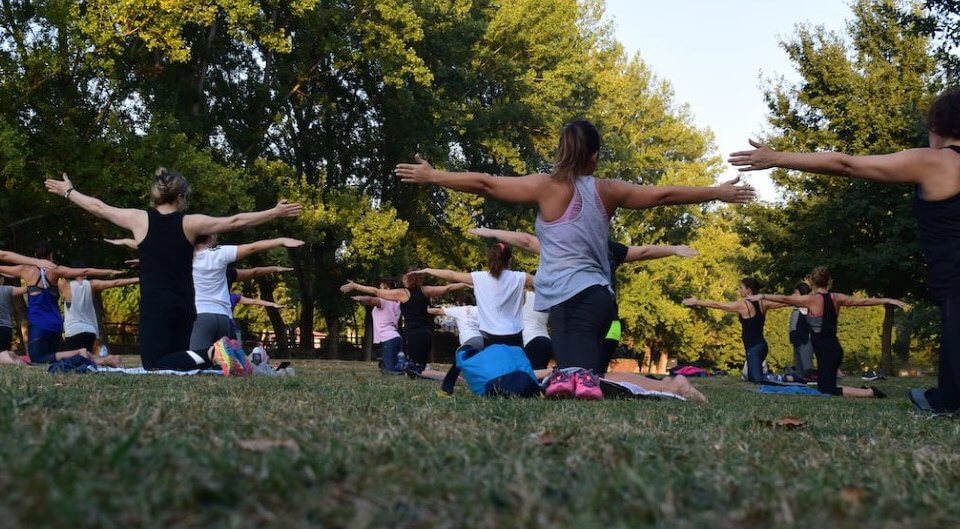
Celebrating National Women’s Month: Women’s Health and Physiotherapy
February 8, 2024
Physiotherapy for Parkinson’s Disease: A Comprehensive Guide
February 17, 2024Understanding Spinal Cord Injuries and Physiotherapy

Physiotherapy for Disability Management and Support
A spinal cord injury (SCI) can be a life-altering event, impacting not only physical function but also emotional well-being. Understanding the nature of SCI and the role of physiotherapy in rehabilitation is crucial for individuals affected by this condition and their caregivers. In this article, we explore the complexities of SCI, the challenges it presents, and how physiotherapy can contribute to recovery and improved quality of life.
What is a Spinal Cord Injury?
The spinal cord is a vital part of the central nervous system, responsible for transmitting messages between the brain and the rest of the body. An SCI occurs when there is damage to the spinal cord, leading to loss of sensation, muscle function, and in severe cases, paralysis. SCIs can result from traumatic events such as car accidents, falls, or sports injuries, as well as non-traumatic causes like infections or tumors.
Types and Severity of Spinal Cord Injuries
Spinal cord injuries can be classified based on their location and severity. The location of the injury along the spinal cord determines which parts of the body are affected. Injuries are often categorized as complete or incomplete:
- Complete SCI: In a complete injury, there is a total loss of sensation and muscle function below the level of the injury. This can lead to paralysis of both the arms and legs, known as tetraplegia or quadriplegia, if the injury occurs in the cervical region (neck). If the injury occurs in the thoracic, lumbar, or sacral region (lower back), it can result in paraplegia, affecting the lower half of the body.
- Incomplete SCI: In an incomplete injury, some function remains below the level of the injury. This can vary widely, from partial paralysis to minimal impairment of movement and sensation.
The severity of an SCI is also classified using the American Spinal Injury Association (ASIA) Impairment Scale, which grades the injury from A (complete) to E (normal function).
Challenges and Complications of Spinal Cord Injuries
SCIs can lead to a range of challenges and complications, including:
- Loss of Motor Function: Depending on the severity and location of the injury, individuals may experience partial or complete paralysis, affecting their ability to move and perform daily activities independently.
- Sensory Changes: SCI can result in altered or loss of sensation below the level of injury, affecting the ability to feel touch, temperature, and pain.
- Bladder and Bowel Dysfunction: Damage to the spinal cord can disrupt the normal function of the bladder and bowel, leading to incontinence or difficulty in emptying these organs.
- Respiratory Issues: Injuries to the cervical or upper thoracic spine can affect breathing and respiratory function, requiring assistance such as mechanical ventilation.
Role of Physiotherapy in Spinal Cord Injury Rehabilitation
Physiotherapy is a cornerstone of rehabilitation for individuals with SCI, aiming to optimize physical function, mobility, and independence. The goals of physiotherapy for SCI include:
- Muscle Strengthening and Conditioning: Physiotherapists design exercise programs to strengthen remaining muscles and improve endurance, helping individuals maintain or regain functional abilities.
- Mobility Training: Techniques such as transfer training (e.g., moving from bed to wheelchair), gait training (walking with assistive devices), and wheelchair mobility are crucial for independence in daily activities.
- Range of Motion Exercises: Regular stretching and range of motion exercises help prevent joint stiffness and contractures, which can occur due to immobility.
- Functional Electrical Stimulation (FES): FES uses electrical impulses to stimulate paralyzed muscles, promoting muscle contractions and potentially improving function.
Conclusion
Spinal cord injuries can have profound effects on individuals, requiring comprehensive rehabilitation and support. Physiotherapy plays a vital role in the multidisciplinary approach to SCI rehabilitation, addressing physical impairments, functional limitations, and psychological well-being. Through tailored interventions and ongoing support, physiotherapists contribute significantly to enhancing the quality of life and independence of individuals with spinal cord injuries.



